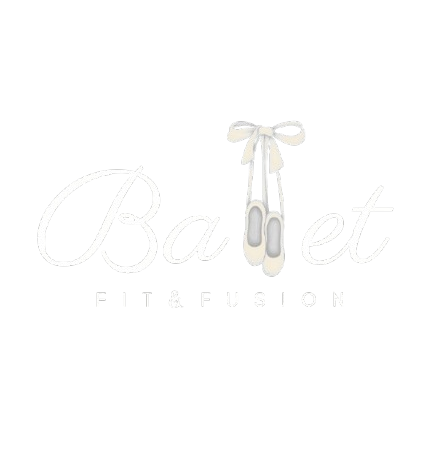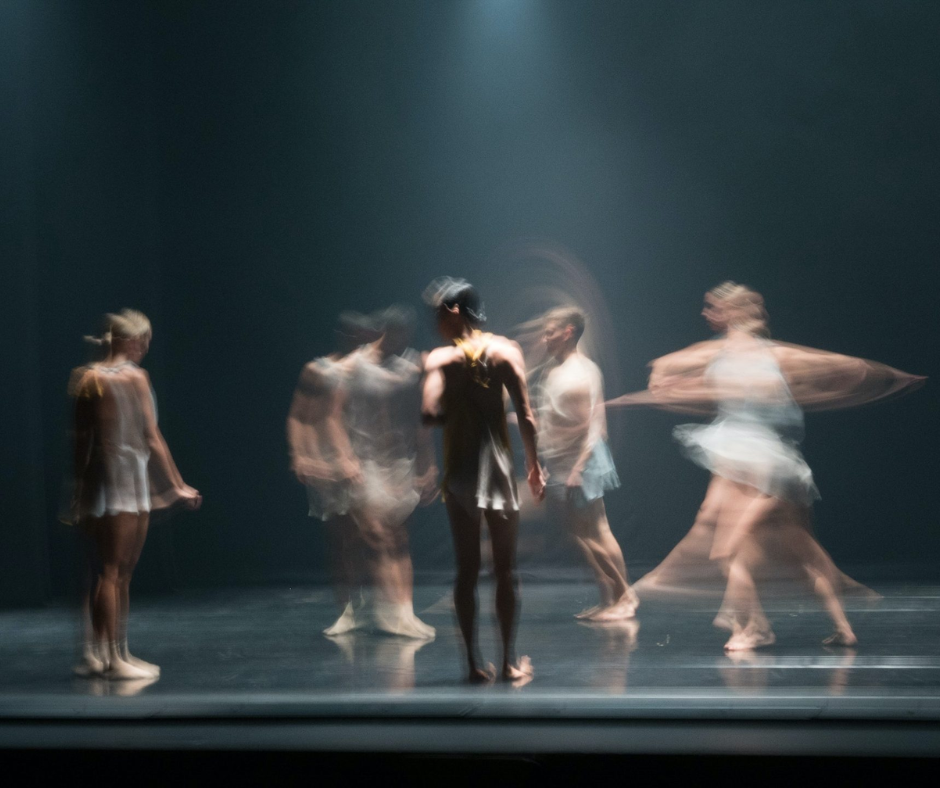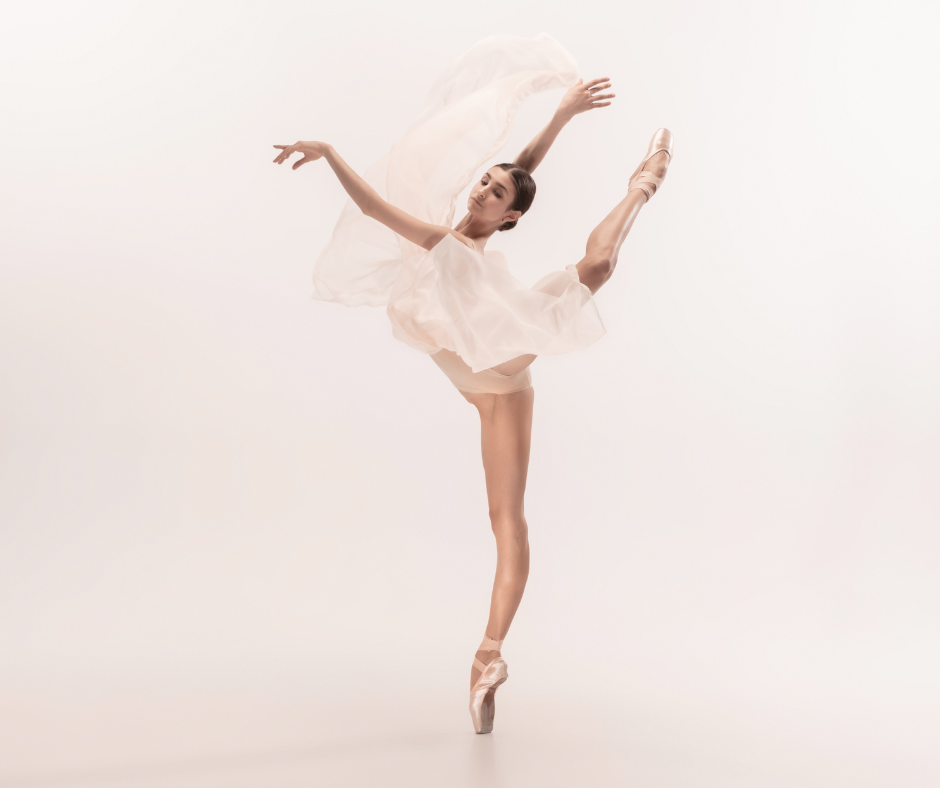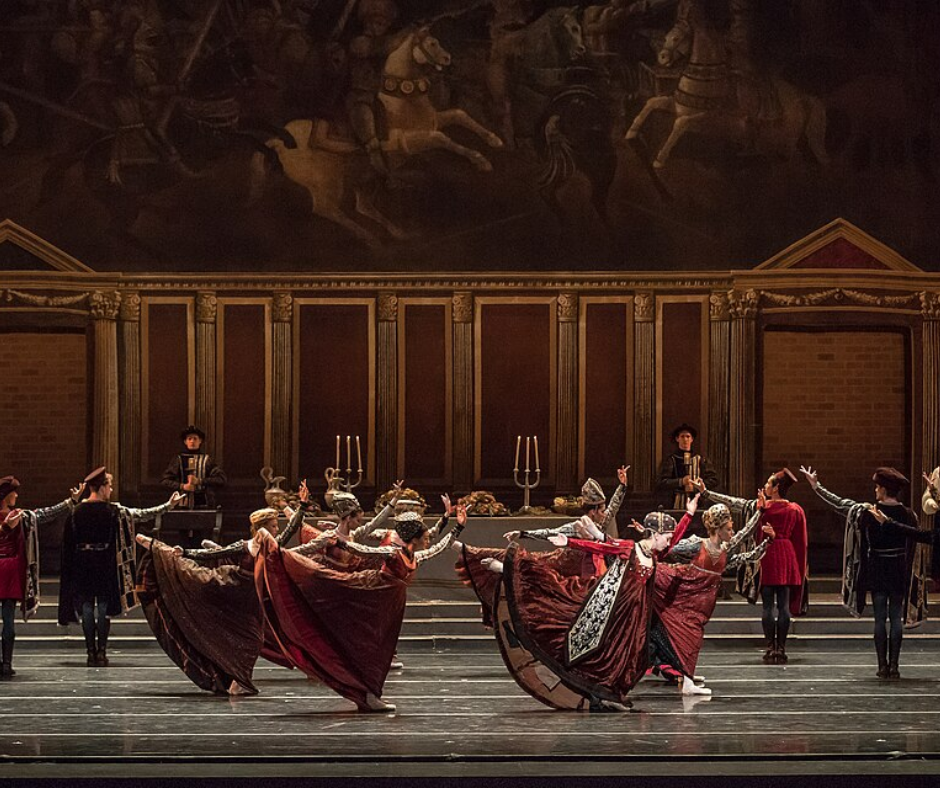Why these three ballet genres matter?
When you’ve spent enough time in ballet shoes, you realize that ballet isn’t just one language, but a family of dialects, each with its own rhythm, rules, and personality. I’ve had the privilege (and sometimes the challenge) of dancing in three of its most important forms: classical, neoclassical, and contemporary ballet.
These aren’t just “styles” , but worlds of their own. Whether you’re a dancer, a dance lover, or simply curious, understanding them will change the way you see ballet forever.
Classical ballet
When you think of ballet, this is probably the picture in your mind, with a ballerina en pointe, wrapped in a cloud of white tulle, gliding across the stage as if she’s floating. That’s classical ballet the oldest and most traditional form, that’s built on precision and discipline. Pointe work, turnout of the legs, high extensions all mastered through years of training. Think of “Swan Lake”, “The Nutcracker”, or “Sleeping Beauty” the clean lines, flowing movements and ethereal quality are pure classical. On stage, it’s like stepping into a living painting, but behind that serene beauty, every muscle is working harder than you can imagine. That’s exactly the magic, the moment when the audience sees poetry, not the sweat.
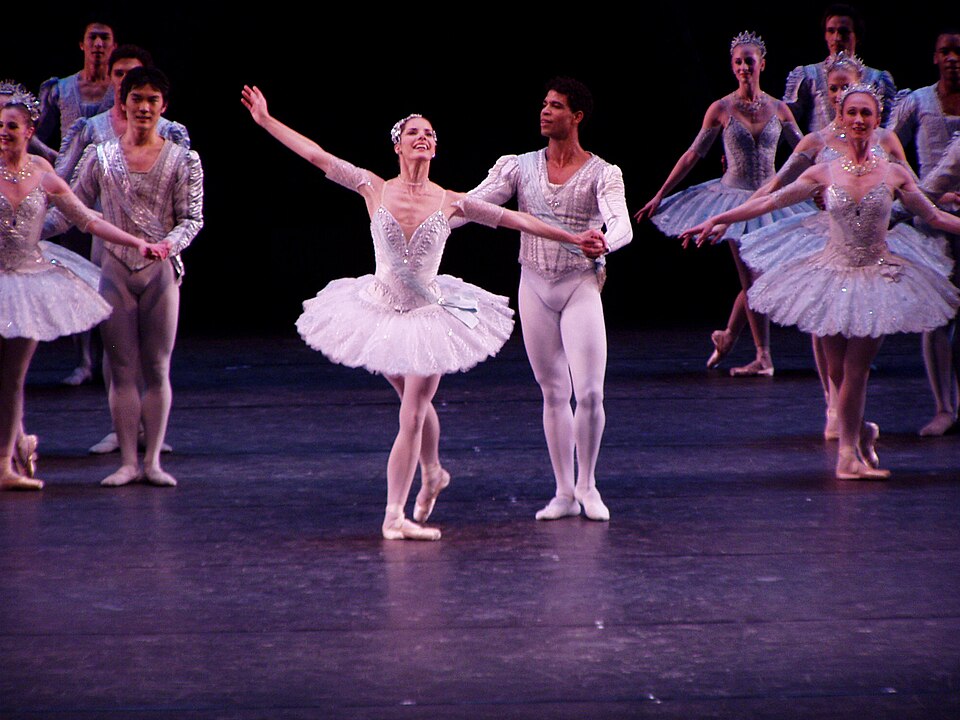
Neoclassical ballet
Now imagine taking the structure of classical ballet, but loosening the corset a little. That’s neoclassical ballet. It’s the bridge between tradition and modernity still deeply rooted in classical technique, but stripped of the heavy sets and ornate costumes.
Here, the movement is faster, the lines less rigid, the upper body feels free. George Balanchine’s choreographies are great examples, with clean, minimal stages, and movements that let you focus entirely on the dancers’ skill and expression.
When I first performed neoclassical ballet, I felt both exposed and liberated. There’s no grand set to hide behind. It’s just you, your partner, the music and the truth of your movement. Every flick of a wrist or tilt of the head feels magnified.
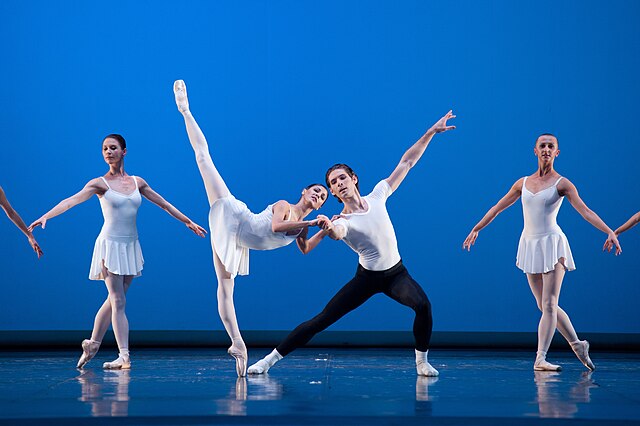
Contemporary ballet
If classical is tradition and neoclassical is refinement, contemporary ballet is the art form’s conversation with the present moment. It blends ballet technique with free movement and improvisation.
Contemporary ballet shifts between bursts of power and moments of stillness, between sharp accents and soft, lingering gestures. It’s about awareness, every movement is intentional, even when it’s improvised.
Picture pieces like Christopher Wheeldon’s After the Rain or Wayne McGregor’s Chroma. Sometimes you dance to music, sometimes in silence, letting your body tell the story. On stage, it feels raw and real, some nights exhilarating, others deeply vulnerable. But always, it’s a piece of yourself you give to the audience.
Why these genres matter?
Each of these genres has shaped me as a dancer. Classical ballet taught me discipline and the beauty of form. Neoclassical ballet gave me freedom within structure. Contemporary ballet reminded me that movement can be limitless.
Together, they are the past, present, and future of ballet and they remind us that dance is not static. It evolves, breathes, and reflects the time we live in.
If you want to learn more about these topics and other aspects of the field of ballet, you can read more similar blogs on this website.

Your ballet journey starts here
In my opinion, there’s something about classical ballet that just pulls me in every time. The music, the tradition, the absolute precision, it’s like stepping into another world where everything is carefully crafted to tell a story. I love how it feels timeless, yet it’s never exactly the same twice. Even performing the same role, you find new details in the movement, new emotions in the music.
That said, if you’d like to experience the joy and power of these styles for yourself, I’d love to welcome you to Ballet Fit & Fusion. Whether you’re new or returning to dance, there’s a place for you here.🌹
